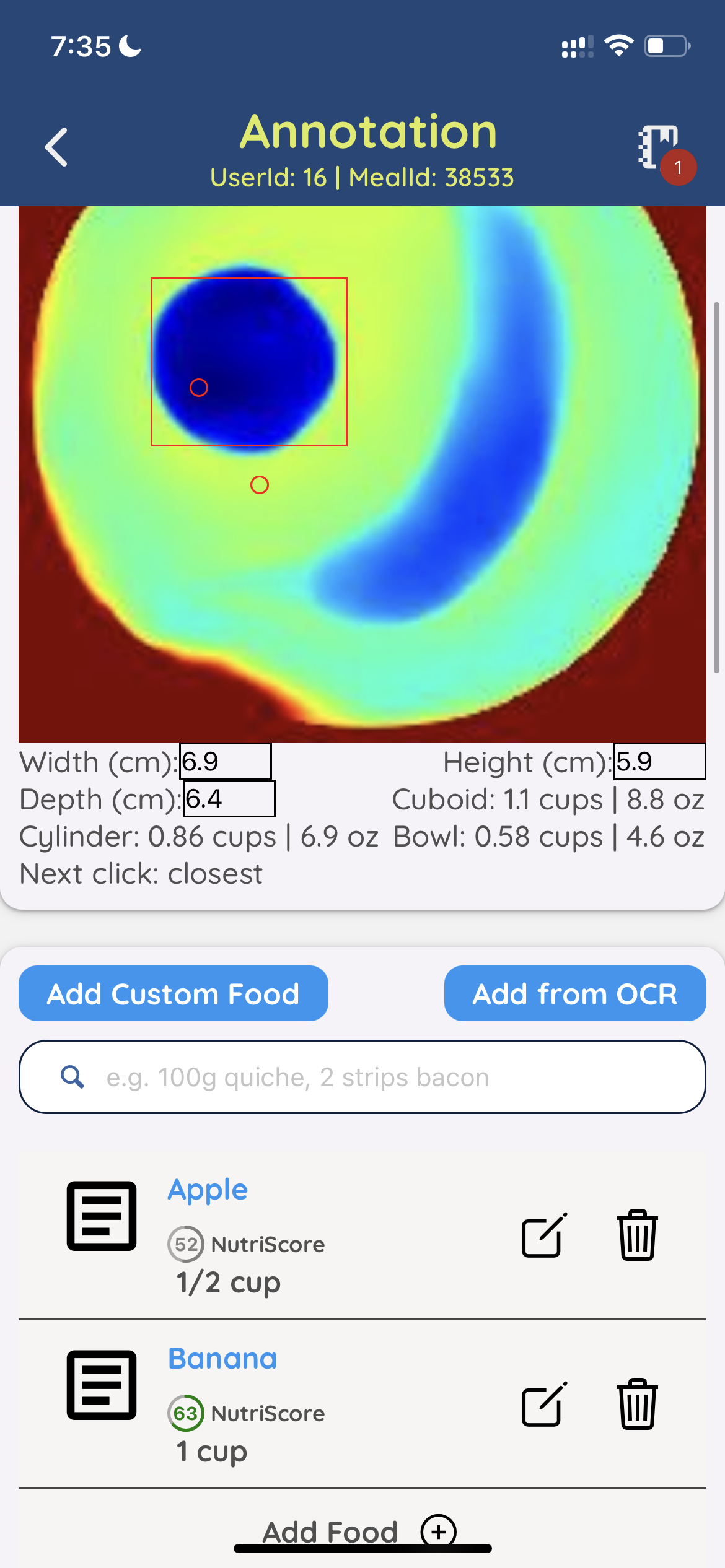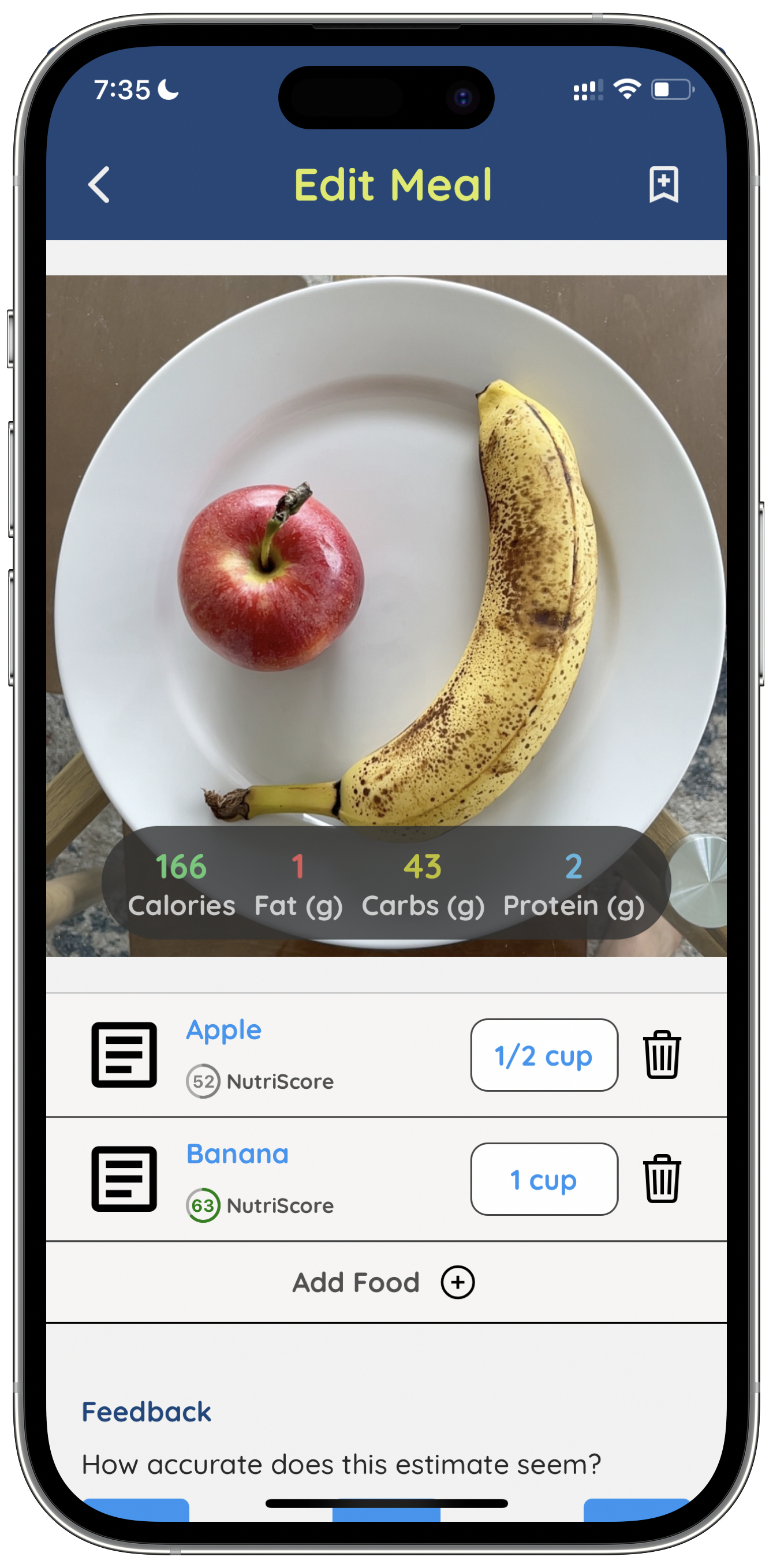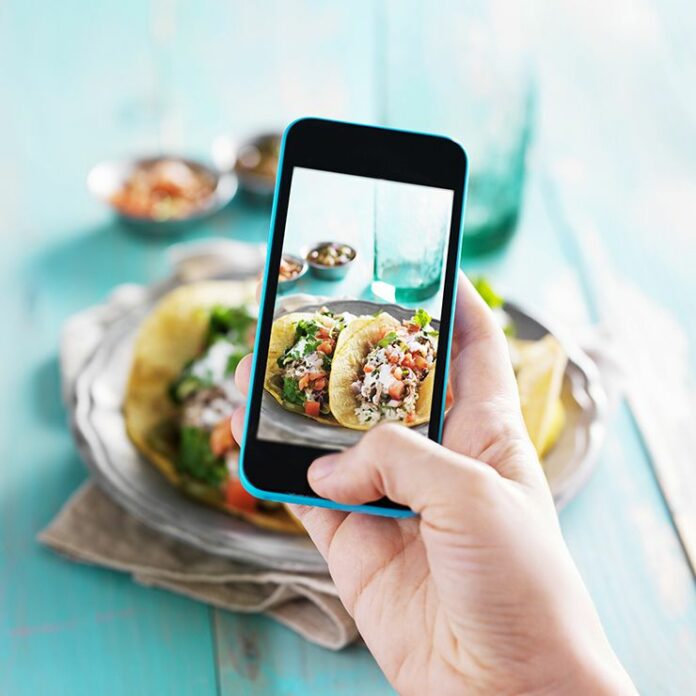While working at Google, Wade Norris wanted to create a project that could have a positive impact on people's lives. He co-founded Google Lens, Google's computer vision application that provides information related to the objects it identifies. But it was not a "complete" success.
Several years ago, Norris partnered with Scott Baron, a systems engineer in the aerospace industry, to launch a health-focused startup called SnapCalorie. SnapCalorie, powered by artificial intelligence, attempts to get an accurate calorie count and macronutrient breakdown of a meal from a single photo taken with a smartphone.
SnapCalorie raised $2 million in funding from investors including Accel, Index Ventures, former CrossFit CEO Eric Roza, and Y Combinator. The company previously raised $125,000 from unnamed investors in a previous seed round.
“Humans are terrible at visually estimating the portion size of a plate of food,” Norris said. “SnapCalorie improves the status quo by combining a variety of new technologies and algorithms.”
That is to say, SnapCalorie is not the first computer vision-based application for counting calories. Apps like Calorie Mama, Lose It, Foodadviser, and Bite.AI have attempted the challenge, with varying degrees of success. But what makes SnapCalorie different, Norris says, is the use of depth sensors on compatible devices to measure portion sizes and the team of human reviewers for "an extra layer of quality."
“On average, the equipment can reduce the caloric error to less than 20%,” Norris says. “There are other apps capable of using AI for photo-based food tracking, but none of them help with portion size estimation, the most important part of reducing error.”

Image credits: SnapCalorie
There is a lot of skepticism in the health industry around photo-based calorie estimation tools, and for good reason. In 2020 when studying Some of the most popular AI-based calorie counters, the most accurate, Calorie Mama, was found to only be right about 63% of the time.
So how has SnapCalorie improved? Beyond the use of depth sensors and reviewers, Norris points to an algorithm the company developed that can apparently outperform a person in estimating the calories in a food. Using the algorithm, SnapCalorie identifies the types of foods in a photo and measures the serving size of each to estimate the calorie content.
Results can be recorded in the SnapCalorie food diary or exported to food platforms. fitness tracking like Apple Health.
The algorithm's reported strong performance comes from its unique training data set of 5000 foods, Norris says, which SnapCalorie created by taking thousands of photos of each food, for example soups, wraps, oils, "mystery sauces," and more. using a robotic platform.
“We made sure they had all the diverse and challenging conditions you would see in the real world and weighed each ingredient on a scale,” Norris said. “The traditional pipeline for training an AI model is to download public web images, have people tag the images, and then train the model to predict those tags. "This isn't possible for food, because people are very inaccurate at visually estimating portion sizes, so you can't get people to label images after the fact."
Norris admits that SnapCalorie's algorithm may be biased toward American food, since the team collected most of its initial training data on the US versus cuisines from other cultures.
One could argue that no matter how accurate the algorithm is, no app can give a truly accurate account of how many calories you eat per meal. There are a variety of variables that apps don't consider such as different cooking methods and the amount of time it takes to break down individual foods.
Norris does not claim that SnapCalorie is 100% accurate, suggesting that that app's calorie estimation tools should be considered simply one piece of the larger nutritional puzzle. He highlighted the other major feature of SnapCalorie, a ChatGPT-powered chatbot, which provides meal suggestions and a user's past preferences, as well as SnapCalorie's database of nutritional values.

Image credits: SnapCalorie
“We found that people's interest in understanding what they are eating is increasing. The negative health impacts of things like processed foods are becoming clearer,” Norris said. "Our users really like SnapCalorie, especially when they go out to eat, as many restaurants do not publish nutritional values and would otherwise have no way of recording what they eat."
To that point about popularity, SnapCalorie appears to be growing at a healthy pace: It's on track to reach 1,000 new users this month. The company was focused on expansion at this time rather than monetization, but Norris described the burn rate as "very conservative."
“Our incredible organic growth rate seems to indicate that our value proposition resonates well with consumers: people try it and recommend it to their friends and family,” he said.




